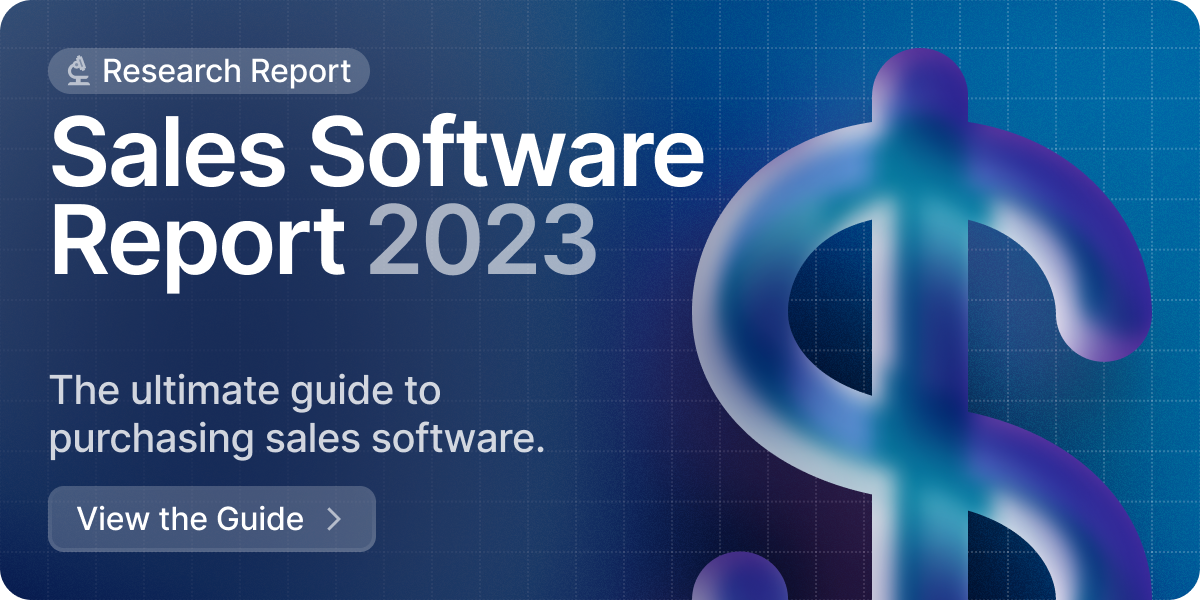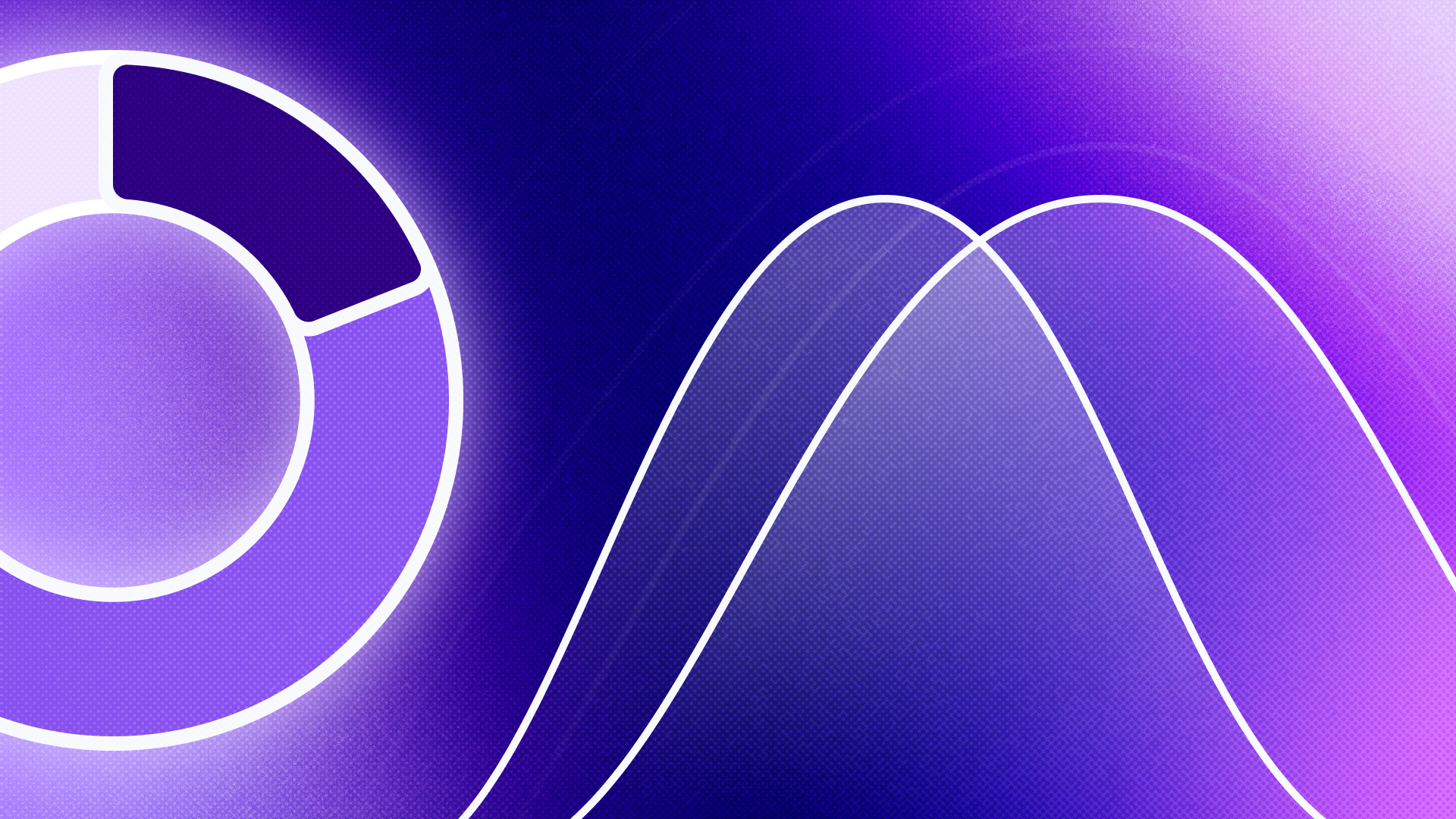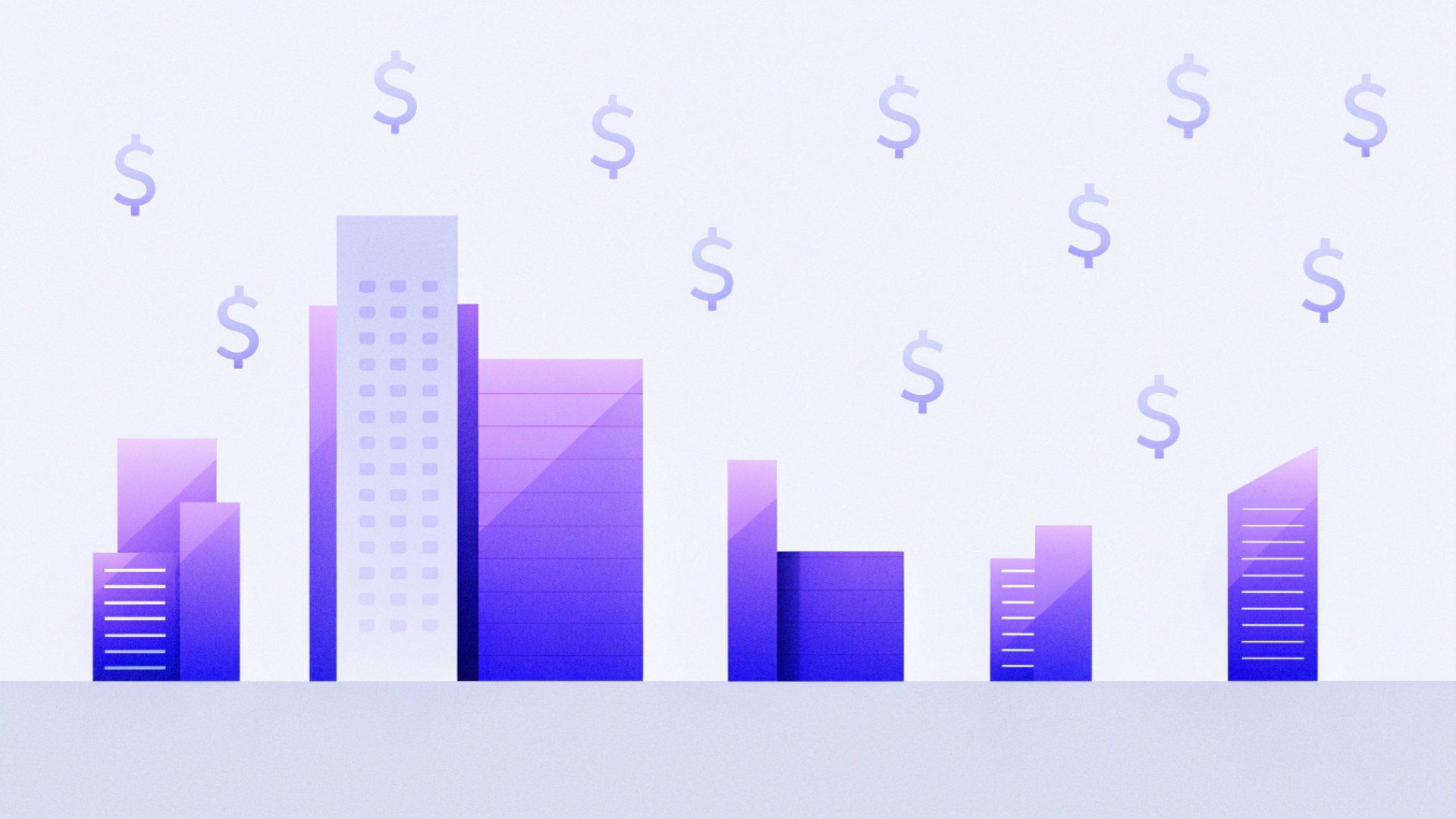How to use a SaaS system of record effectively

Take a self-guided tour of the platform.
See why Vertice is trusted by top procurement leaders.
Record-keeping is an essential administrative process that keeps every faction of a business running smoothly. Systems of record, by extension, exist across all divisions of a company. From applicant tracking records in recruitment to balance sheets in the finance department, these vital tools ensure that your business can refer to past data and continue to develop.But one form of documentation that is frequently overlooked is a SaaS system of record. You’d be forgiven for this — it’s a fairly new phenomenon for the average company to be using hundreds of different applications on a daily basis — but it is happening.Nobody likes the paper-pushing side of their work, but if you’re going to regain control of your software stack, optimize costs, and promote best practice future procurement, you’ll need to create and maintain a SaaS system of record.So, what might this look like at your organization?Let’s discuss.,
What is a SaaS system of record?
A system of record for software is a central knowledge base that stores important data about each of the SaaS tools in use within an organization, whether paid or free of charge.This record can take many forms — some make use of a collaborative spreadsheet, while others prefer to use a dedicated piece of software to automate the process in real time. The system provides a foundation for businesses to monitor and manage their software usage, informing decision-making for tool audits, contract renewal, and future procurement.,
What should a system of record track?
Each company will follow a separate protocol for what details they choose to index, depending on their SaaS usage and business priorities. We recommend that for tools both past and present, IT and procurement officers collate records of the following metrics:
- Subscription cost — negotiated recurring fee, discounting options, additional fees, total contract value
- Tool utilization — user personas (department, employment status, contractor, partner or employee), uptake among user base, user sentiment
- Contract terms — length, renewal schedule, number of seats/allotted bandwidth, additional clauses (auto-renewal, price protection)
- Billing details — schedule, payment method
- Vendor contact — associated supplier, primary contacts/internal relationship manager
- Governance — application owner, who has access to which tools, security and compliance practices
- Application functions — features offered, overlap with other tools, calculated ROI
, , , ,
The advantages of creating a SaaS system of record
If you’re going to the effort of putting together a comprehensive system of record, you might be wondering what’s in it for your business? You’ll quickly learn that building out this documentation goes far beyond best practice — it’s not just a tool that will streamline the odd business process, but a vital asset management system to help reduce your outgoings. Here are some of the top benefits:
Identify cost optimization opportunities
Full visibility of your entire SaaS stack enables you to see where excess costs can be trimmed, saving on the wasted expenditure that comes with an unmanaged software portfolio.
Reduce duplicate SaaS
As is often the case when SaaS purchasing is decentralized, many companies have duplicated tools within their SaaS stack, wasting budgets and valuable procurement time.This can occur in one of two ways, either through the buying of multiple licenses for the same software, or by the use of multiple different tools serving the same business outcome. For example, you might find that you’re paying for multiple cloud storage tools, such as Microsoft OneDrive and Dropbox. A more holistic view of all tools and contracts, free or paid, can help you to understand where SaaS overlap exists and consolidate accordingly.
Target redundant software
Businesses under-utilize their SaaS. In fact, according to our own data, SaaS tools are underutilized by an average of 33%. For a company with 600 employees, this equates to around $1m of SaaS spend being wasted every year.So, why’s it happening?Redundant SaaS typically takes hold when businesses either purchase applications with many functions and only use a select few, purchase an unnecessarily large bandwidth, or even forget to terminate an unused contract.Under-utilization can be hard to spot, but systems of record help companies to identify the redundancies and rightsize their stack, reducing license numbers or consolidating multiple functions into one application.
Maintain security and compliance
Compiling your contract details into one source can also help to secure your SaaS stack, eliminating any tools that are not up to modern standards for security and compliance.
Eliminate shadow IT
Assessing SaaS utilization can help to illuminate any instances of shadow IT, whereby members of staff may be using their own software solutions without the knowledge or approval of the IT team. This may inadvertently compromise data security or compliance standards, risking instances of costly data breach. Putting together a record of all software use within the organization can help to uncover these cases of shadow IT, so that IT teams can vet or terminate any undocumented tools and mitigate these risks.
Support offboarding
Maintaining a system of record can also help to support the closing or hibernating of accounts when an employee leaves a company, by showing which active tools they have access to. Or, as part of their offboarding, a look at which tools are under their governance may help to guide the transitioning of important files, settings, or powers within a given tool to another member of staff, as to avoid access issues that could arise once they’ve left the company.
Improve future procurement
A system of record for SaaS can also help to improve future purchasing habits, allowing teams to learn more about their company needs and any renewal schedules that have fallen by the wayside.
Determine company needs
Gaining one-stop visibility of your SaaS stack can help to define company needs and inform future procurement. Accurate, accessible insights on current utilization, contract schedules, and application uses enable productive decision-making or future SaaS purchases. With a system of record, you can reduce the downtime spent collaborating with application stakeholders and streamline the planning process prior to negotiations.
Manage auto-renewals
Auto-renewal clauses are commonplace in SaaS contracts. At face value, these might seem like a convenient feature to trim the time spent signing back on for a tool each year, but if you need to leverage better contract terms or terminate your plan altogether, auto-renewal can be a pain. That is, of course, unless you have a system of record — with documentation of each application’s renewal schedule, you can stay in the loop with any approaching termination windows and make strategic decisions based on your SaaS usage.,
How to create and maintain a SaaS system of record
So, we know that there are plenty of benefits to creating your very own SaaS system of record. But how should you go about it? Ultimately, each company will have its own protocols and procedures for creating iron-clad documentation, highlighting their most important metrics, and organizing their info and insights accordingly.However, as you may have gathered from our lengthy list of recommendations, it can be a big challenge to build out your system of record and keep it constantly updated — not least when contracts are constantly being renewed, terminated, or new ones added to the stack each year. In fact, our own data suggests that roughly a third of tools are retired or swapped out every year.So, while you may choose to record all the relevant details in one large spreadsheet, then return back to this same file whenever it is needed, this is an outdated, time-consuming, and error-prone process — demanding that users constantly refer to and manually update an expansive workbook with limited auditing capabilities.The question is, what’s the better solution?In short, Vertice.
How Vertice can help you manage your SaaS stack
At Vertice, we not only provide you with real-time visibility into your entire SaaS stack, but our software also provides you with insights into whether these tools — and the associated licenses — are actively being used across your organization.With this knowledge, we can inform the negotiation of both renewals and new purchases, ensuring that you're only paying for what is actually needed, while flagging further cost-saving opportunities based on existing utilization.But that's not all we do.In addition to managing your tech stack, providing you with an accurate system of record, we also handle renewals and purchases on your behalf, leveraging years of SaaS buying with the pricing and discounting data from more than 13,000 SaaS vendors worldwide, to secure you the very best deal on any contract.To learn more about our software solutions and how much you could save on your SaaS, get in touch with us or try out our free cost savings analysis tool today.,

, , , , , , , , , , , , , , , , , , , , , , , , , , , , , , , , , , , , , , ,
.webp)


![The Best SaaS Management Platforms for 2026 [According to Analyst Research]](https://cdn.prod.website-files.com/6640cd28f51f13175e577c05/687f56f6e55f8c0078341eb6_2025-06-Lionfish-Tech-Advisors-Report-01-1080x1080.webp)


.webp)